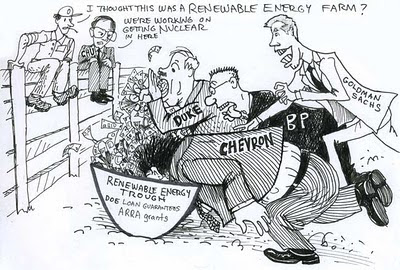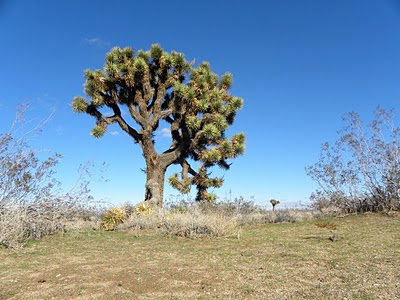Solar PEIS Public Meetings Announced
The Department of the Interior and Department of Energy have announced a series of public meetings during which concerns about the Solar Programmatic Environmental Impact Statement (Solar PEIS) can be expressed. The Solar PEIS outlines Washington's plan to site renewable energy development on public lands throughout the American southwest. The plan could impact hundreds of square miles of pristine desert habitat, including large plots of land in the Mojave Desert. You can access the State-specific chapters for the PEIS at the Desert Protective Council website or the Solar PEIS website . Below is a list of the public meetings. Wednesday, February 2, 2011 at 1:00pm: Hilton Garden Inn Washington DC Downtown, 815 14th Street NW, Washington, DC 20005 Monday, February 7, 2011 at 7:00pm: Imperial County Admin. Center, 940 W. Main Street, Suite 211, El Centro, CA 92243 Tuesday, February 8, 2011 at 7:00pm: Hyatt Grand Champions Resort, 44-600 Indian Wells Lane, Indian Wells,



